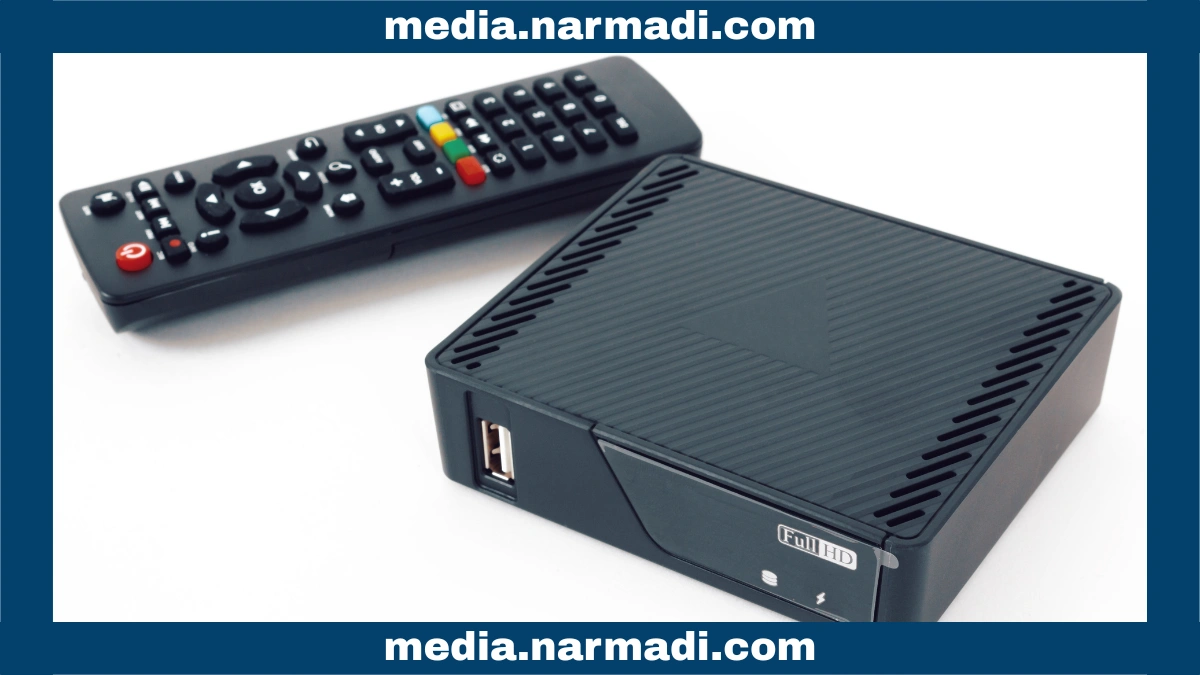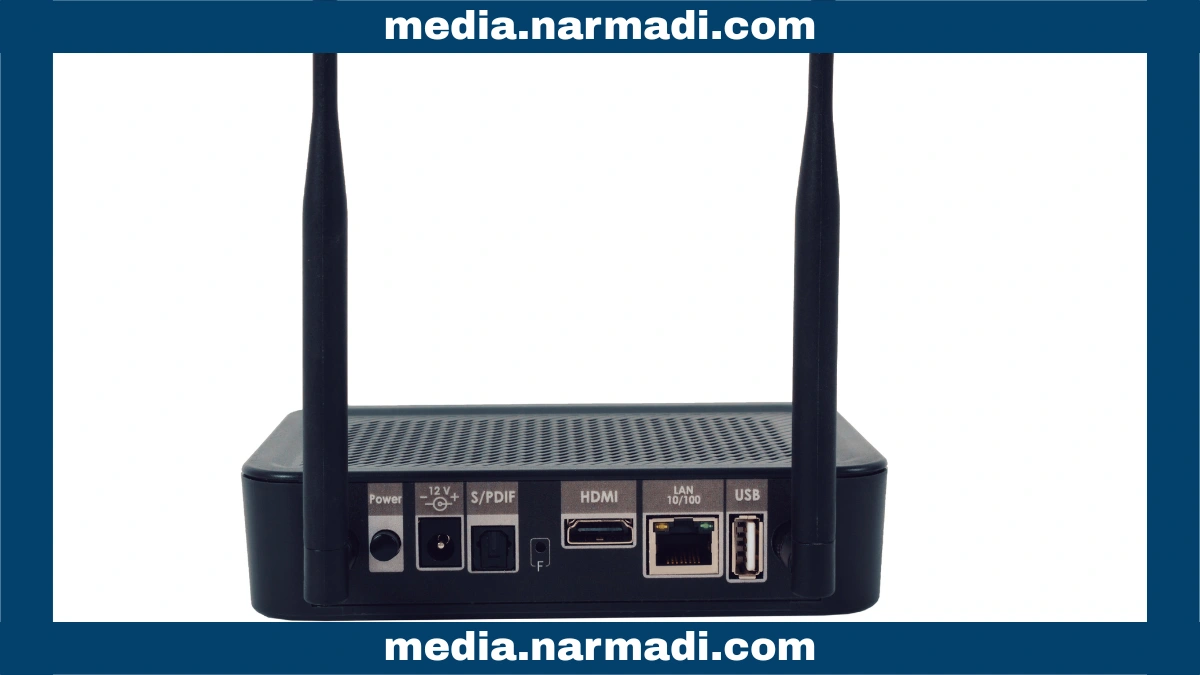With the advancement of digital technology, television channels have transitioned from analog to digital. This transition has led to the emergence of a technology called a set-top box, which acts as a bridge for older TVs.
A set-top box is a device that helps analog TVs that do not yet support the DVB-T2 digital broadcasting standard. This device receives digital television broadcasts and converts them into a format that can be displayed on a TV screen.
Digital advancements have driven the continuous evolution of set-top boxes. Understanding the technology behind them opens up possibilities for innovations in anticipation of future trends. Knowing the regulations is also important so that the devices can be marketed in every country.
The Evolution of the Set-Top Box

Set-top boxes first appeared in the 1980s to receive and filter signals from multiple channels transmitted over a single cable. By the 1990s, these devices also enabled cable TV subscribers to access premium pay channels.
Entering the digital era in the 2000s, these small devices were able to broadcast more channels with better quality. In this era, they began to be equipped with interactive features such as two-way communication.
In the 2010s, set-top boxes started connecting to the internet. This era enabled them to access streaming services such as Netflix, Hulu, and Amazon Prime Video. Some models also come with voice control features to make searching for content easier.
In today's modern era, their development is accelerating rapidly with 4K and HDR video capabilities. The devices are also equipped with advanced features for gaming, sophisticated AI-powered voice assistants, and deeper platform integration, including support for Android TV and Google TV. These features provide a more personalized experience.
Technology Behind It

The ability of a set-top box to transmit digital signals is closely tied to the underlying technology that supports it. Here are the technologies that support it:
- Chipset: The core component that processes digital signals so they can be displayed as images and sound on analog TVs.
- Tuner: The part that receives and tunes DVB-T2 terrestrial digital TV broadcasts so they can be displayed on analog TVs.
- OS: Acts as a bridge between the hardware and the user, managing and controlling. Commonly used operating systems are Android TV and Linux.
- Video codec: Functions to reduce the size of digital TV broadcast videos so that they can efficiently display clear image and sound quality.
Future Trends

As technology continues to evolve, innovations in set-top box features will certainly continue to be explored. There is still considerable potential for additional features in the future to support more advanced digitalization. Here are some possible future features:
- AI Integration: More than just voice control for searching content or changing channels. AI can personalize content based on biometric or facial recognition, even for better power efficiency.
- Full image quality: Support for ultra-high resolution (UHD) and High Dynamic Range (HDR) content. Improved image quality with better colors and higher frame rates.
- Connectivity with smart devices: Enables integration with other smart home devices, making it a smart home control center.
- More interactive: More advanced interactive functions, enabling better gaming.
Usage Regulations

A set-top box uses Bluetooth technology, which operates within a specific frequency spectrum. In every country, all WiFi-based wireless devices are required to have Radio Frequency (RF) Certification.
Set-top box regulations require all radio frequency-based devices to meet certain technical standards before they can be sold in that country. This certification ensures that products comply with government safety and quality regulations and do not interfere with other communication devices.
Some types of type certification regulations in Asia:
- Indonesia: DJID Certification
- Malaysia: SIRIM Certification
- Thailand: NBTC Certification
- Singapore: IMDA Certification
- Philippines: NTC Certification
- Vietnam: MoST Certification
- Cambodia: TRC Certification
- India: WPC ETA and TEC MTCTE Certification
The certification process involves technical testing, including frequency adjustment, safety checks, and verification of compatibility with the surrounding environment. Once testing is complete, products that pass will be listed in a test report, confirming that they are safe and ready for sale. This report guarantees customers that the product meets technical standards and is secure.
For companies wishing to sell a set-top box, Product Compliance Specialists are available to assist with this process. This service includes preparing technical and legal documents, conducting the necessary testing, ensuring regulatory compliance, helping companies streamline the certification process, and providing consumers with confidence in certified products.